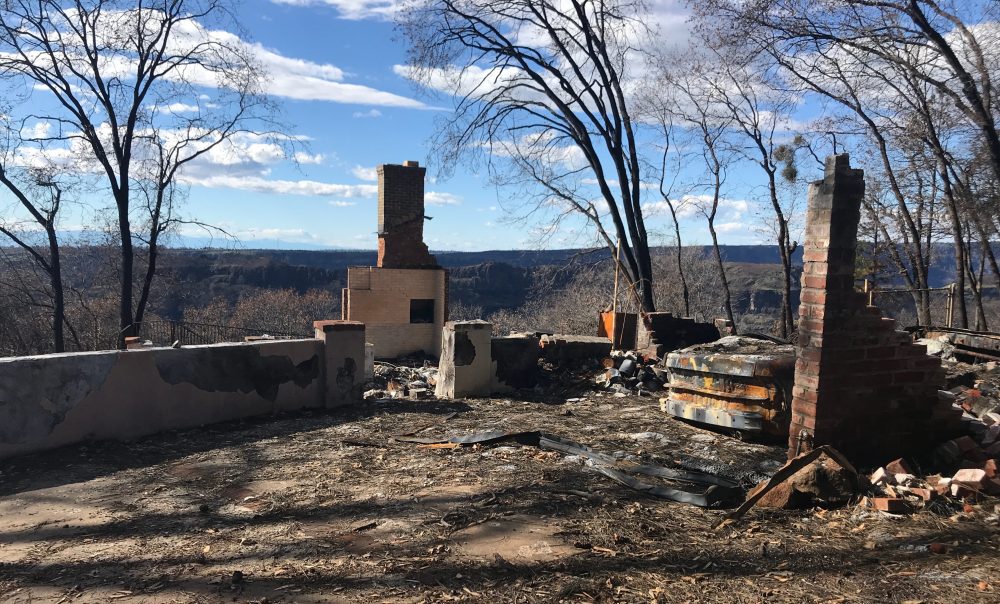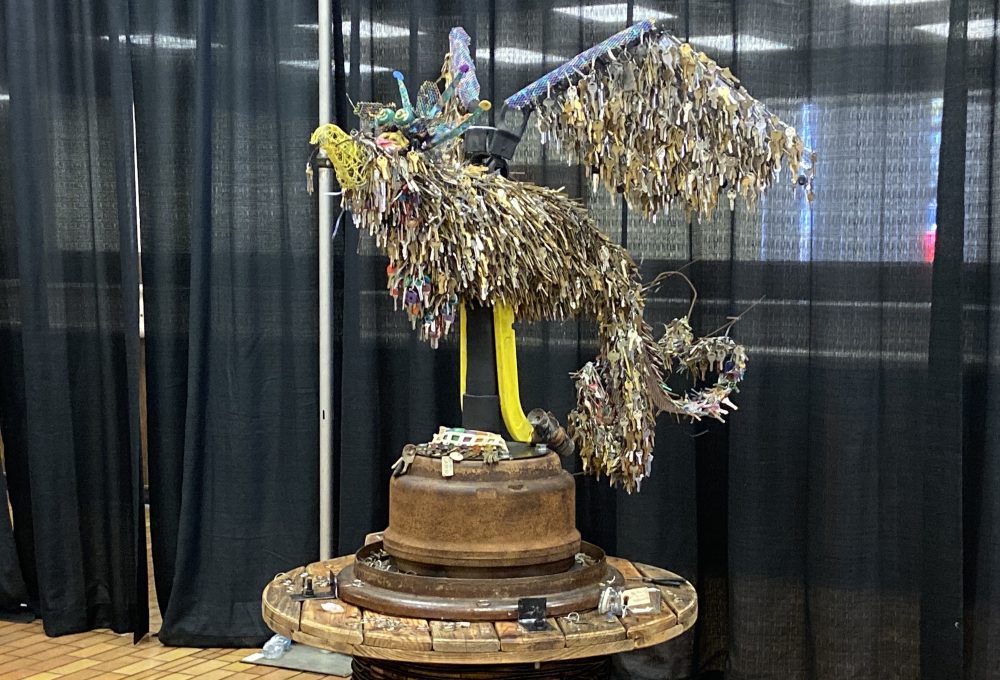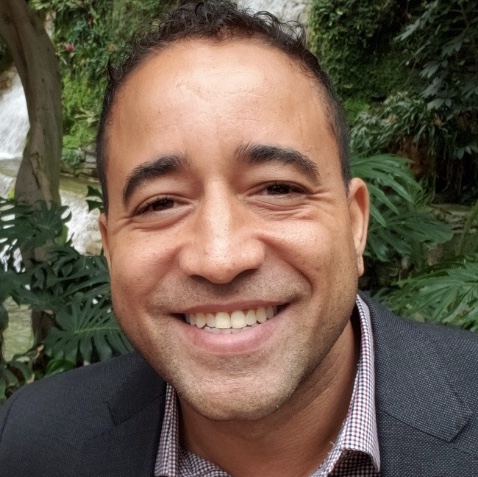What Paradise Has Lost
Last month, I returned to my home state of California to witness the aftermath of the historic Camp Fire in Butte County and see the efforts being made to begin recovery. It is four months after the wildfire and I was moved to see the local efforts of recovery workers to coordinate and mobilize resources […]

Last month, I returned to my home state of California to witness the aftermath of the historic Camp Fire in Butte County and see the efforts being made to begin recovery. It is four months after the wildfire and I was moved to see the local efforts of recovery workers to coordinate and mobilize resources while comforting the thousands of people displaced from their homes and communities.

What struck me the most? The numerous obstacles preventing people from rebuilding sooner. Barriers like the massive, ongoing clean-up and removal of debris that contains toxic materials from the total combustion of plastics and other hazardous materials. Each incinerated home must undergo an inspection following clean-up to ensure proper environmental standards are maintained and all hazardous materials are removed.
Another barrier is the need for a careful falling of the remaining burnt trees that stand on just about every plot in the disaster-affected areas. Each tree must be brought down with the assistance of a crane and crew so that the dead trees fall within inches of the remains of homes and other charred trees. It is estimated that 80 percent of all the trees from Paradise and neighboring communities will have to be brought down and removed before the full pace of recovery and rebuilding can begin. This alone is expected to take years.
Last month, @BrennanBanks returned to his home state of California to witness the aftermath of #CampFire. He learned that there are numerous obstacles preventing people from rebuilding — like the need for a careful falling of all burnt trees. This could take years. #CDP4Recovery pic.twitter.com/9YIrMU7rPa
— DisasterPhilanthropy (@funds4disaster) April 5, 2019
While residents wait for the clean-up, inspections and tree removal to be completed, with the assistance of government, humanitarian groups and local philanthropies, Paradise faces another obstacle. The entire town’s water infrastructure has been compromised. According to the Paradise Irrigation District, there are signs of organic chemical contamination in the town’s water supply. The organic chemical most prevalent is benzene, a known carcinogen in humans and animals. This lack of safe potable water is another big challenge Paradise and its residents are facing. Currently there is neither a plan nor a deadline in place to address this issue.

All of Butte County’s residents are directly or indirectly affected by the Camp Fire. From host communities, where displaced persons are living temporarily, to employers and employees that have lost jobs and customers. And there are countless numbers of children and youth that are still reliving the trauma of an evacuation from a fire storm in the darkness of the night. A comprehensive recovery plan for all of Butte County is really needed to sufficiently and properly support and coordinate long term recovery related to the Camp Fire.
With our visit, we wanted to better understand long-term recovery needs in these communities in preparation for grantmaking from our CDP California Wildfires Recovery Fund. Our fund cannot address all the obstacles, but we will be working with our friends and partners in Butte County in order to help further the local recovery efforts. But we know the question people kept asking, “Paradise once was, but will it be again?” is likely to linger for months and years to come.
More like this

Announcing the 2018 California Wildfires Recovery Fund Grants

